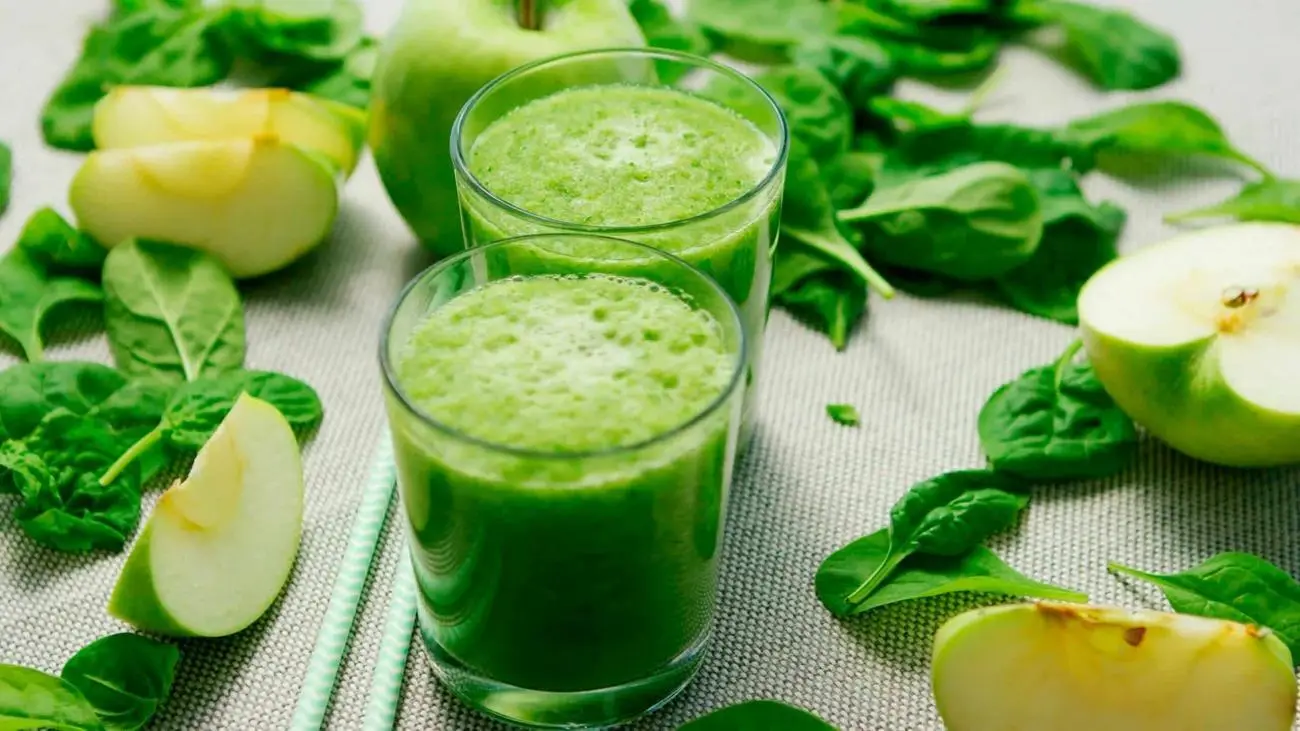Microgreen Grow Mediums – Which Is Best?

Microgreen Grow Mediums - Which Is Best?
Growing microgreens is an incredibly rewarding hobby or business and these tiny nutrient-packed greens thrive in a range of growing mediums. But there’s plenty of debate among growers about which medium is best and making the right choice depends on factors like availability, cost, and ease of use.
Many popular microgreen grow mediums have pros and cons whether you’re a home grower or running a small-scale commercial operation.
Why the Growing Medium Matters
The growing medium provides the foundation for your microgreens. While microgreens don’t require soil or complex substrates to grow, using the right medium can make all the difference in terms of:
- Yield and quality
- Ease of planting and harvesting
- Moisture levels
- Pathogen risks
There are a number of options to choose from and different growing mediums have different advantages and disadvantages. What works best for one grower might not work as well for another.
Here are some of the most common options and their pros and cons.
Compost-Based DIY Mixes
What it is: Home-made compost blends often include a mix of compost, worm castings, and other organic components like peat moss.
Pros:
- Cost-effective: If you’re already composting at home, this can be a nearly free option.
- Nutrient-rich: Compost contains a wide variety of nutrients that could support the growth of your greens, especially after the first two weeks when seeds exhaust their internal reserves.
- Sustainable: Reduces waste by reusing organic materials.
Cons:
- Pathogen risks: Home-made compost can introduce moulds, fungi, or bacteria that harm microgreens.
- Inconsistent quality: Without precise control, nutrient levels and texture may vary from batch to batch.
- Labour-intensive: Requires effort to produce and screen for quality.
Best for: Experienced growers who understand composting and are confident in their ability to manage potential risks.
Coco Coir
What it is: A fibrous material derived from coconut husks, often sold in bricks or loose form. At Natural Yield, Coco Coir is our preferred medium.
Pros:
- Pathogen-free: It’s inert and naturally resistant to bacteria and moulds.
- Lightweight and easy to use: Coco Coir is soft and fluffy, making it simple to work with and ideal for tiny roots.
- Sustainable: A renewable by-product of the coconut industry.
- Excellent water retention: Helps maintain consistent moisture without becoming waterlogged.
Cons:
- Requires supplementation: Coco Coir is nutrient-free, so growers may need to add organic liquid nutrients at their discretion.
- Initial prep: It needs to be rehydrated and fluffed before use, which adds a small amount of setup time.
Best for: Both beginners and commercial growers looking for a consistent, reliable, and low-maintenance medium.
Soilless Mixes (e.g., Promix)
What it is: Proprietary commercial mixes designed for optimal plant growth. Promix, for example, combines peat moss with perlite, vermiculite, and sometimes nutrients.
Pros:
- Ready-made: Offers consistent quality and is pre-formulated for success.
- Good moisture control: Peat moss retains water well, while additives like perlite improve drainage.
- Easy to source (in some regions): Commercial mixes are widely available in some countries.
Cons:
- Availability: Many products, like Promix, aren’t available in Australia.
- Cost: Tends to be more expensive than DIY or natural options like Coco Coir.
- Environmental concerns: Peat moss harvesting is associated with ecological damage and carbon emissions.
Best for: Growers who prefer a “plug and play” solution and don’t mind the extra cost.
Coco Coir + Additives (Perlite and Vermiculite)
What it is: A variation of pure Coco Coir with perlite (volcanic glass) or vermiculite (mineral flakes) added for improved aeration and drainage.
Pros:
- Enhanced drainage: Reduces the risk of waterlogging.
- Better aeration: Encourages healthy root growth.
- Retains the benefits of Coco Coir: Lightweight, pathogen-free, and sustainable.
Cons:
- More effort required: Mixing Coco Coir with additives adds an extra step.
- Cost: Additives can increase the overall cost.
Best for: Advanced growers who want the benefits of Coco Coir but are seeking to optimise drainage and aeration.
Do Microgreens Even Need Nutrients?
There is some discussion among microgreen growers about whether adding nutrients to the medium is absolutely necessary. For the first two weeks of growth, microgreens rely on the nutrients stored in the seed itself, therefore adding nutrients to the growing medium or water may not make a noticeable difference during this stage.
However, for certain varieties or longer growth cycles, supplementing microgreens with organic liquid nutrients can actually enhance growth and flavour. At Natural Yield, we add nutrients selectively, depending on the microgreen variety and growth stage.
What to Avoid
If you are a new grower there may seem an endless of do’s and don’t and products on the market. But regardless of the microgreens you choose to grow, some practices are guaranteed to lead to poor results.
These include:
- Overwatering: This is one of the most common mistakes and can lead to mould and rot.
- Poor hygiene: Always start with clean trays and sterilised equipment to minimise pathogen risks.
- Inconsistent watering: Microgreens need consistent moisture to thrive, so consider using a spray bottle or misting system for even distribution.
Why We Recommend Coco Coir at Natural Yield
Despite there being plenty of variety and choices, Natural Yield prefers to use Coco Coir. After testing various grow mediums, we’ve found Coco Coir to be the best balance of sustainability, usability, and consistency for microgreens. It’s pathogen-free, easy to handle, and provides excellent moisture retention. When paired with our organic liquid nutrients, it offers everything microgreens need to thrive.
If you’re just getting started, Coco Coir is a reliable choice that’s unlikely to cause issues, even if you’re new to growing. For more experienced growers, adding perlite or vermiculite can further optimise results.
Final Thoughts
Choosing the best grow medium for your microgreens ultimately depends on your goals, along with experience, and available resources. Compost-based mixes can offer a budget-friendly and sustainable choice for DIY enthusiasts, while soilless mixes like Promix offer convenience. But for a versatile, beginner-friendly option, Coco Coir stands out as a top choice, and it’s why we use it at Natural Yield. Growing microgreens successfully is as much an art as it is a science and we are here to help you make sure your microgreens flourish.













